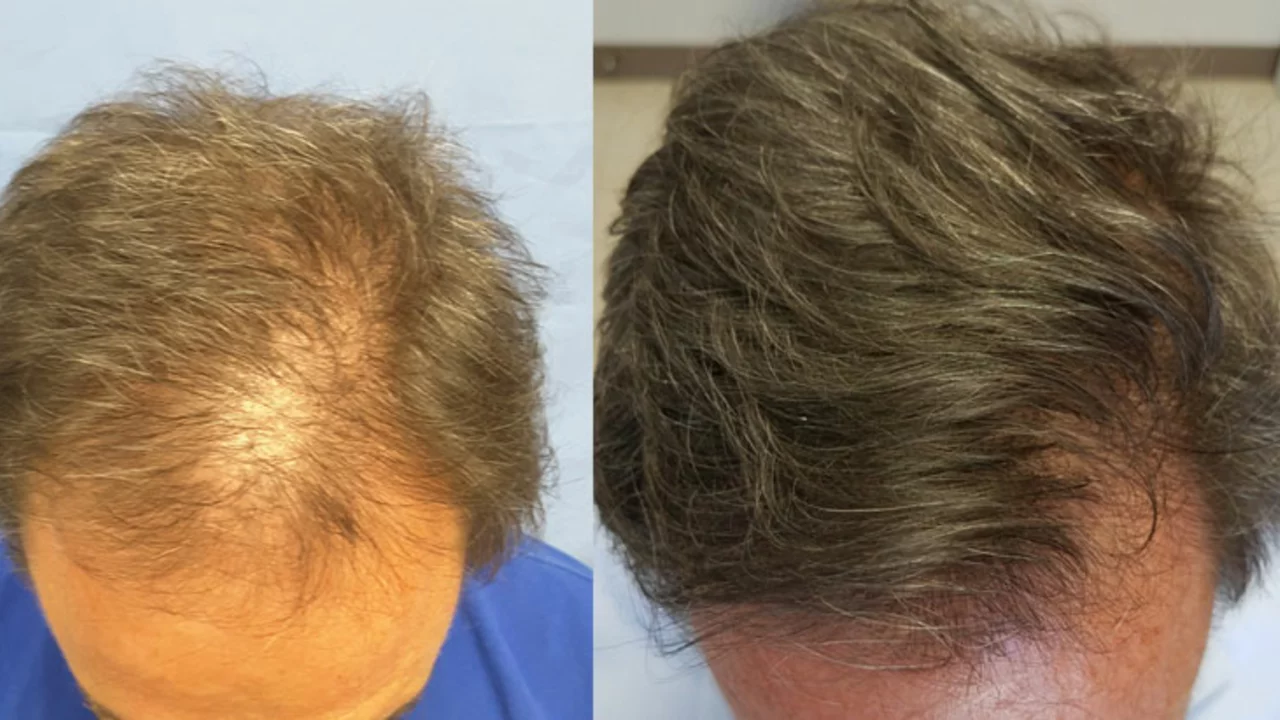Post-Finasteride Care: Practical Steps After Stopping Finasteride
Stopping finasteride can feel like stepping into the unknown. Some people notice nothing, others see changes in hair, mood, or sexual function. This page gives clear, practical actions you can take right away—no jargon, just real steps to help you feel more in control.
What to watch for
Keep a simple log of new or worsening symptoms and when they started. Watch for:
- Changes in libido, erections, or ejaculation.
- Mood shifts: increased anxiety, low mood, or brain fog.
- Hair shedding or a return of hair loss.
- Physical changes like breast tenderness or unusual fatigue.
If you notice suicidal thoughts, severe depression, or sudden major health changes, get emergency help or contact your doctor right away.
Practical steps that help
1) See a clinician who listens. Bring your log and be specific about timing. Primary care, urology, dermatology, or endocrinology can all help depending on your main issue. Ask for basic labs if your doctor thinks they’re useful—testosterone, thyroid, vitamin D, and relevant blood work can rule out other causes.
2) Treat mood and anxiety early. If anxiety or low mood appear, don’t wait. Talk therapy, a mental-health referral, or a short course of medication under supervision can prevent worsening symptoms.
3) Address sexual issues practically. Options include counseling or sex therapy, pelvic-floor physiotherapy, and medical treatments your doctor prescribes. Don’t rely on online fixes—get a professional opinion before trying PDE5 drugs, hormones, or supplements.
4) Hair strategies if shedding starts. Topical minoxidil is widely used and can be started while you sort out the rest. Low-level laser therapy, PRP, and hair transplant remain options if you want more aggressive approaches—talk with a dermatologist first.
5) Lifestyle moves that actually help. Sleep 7–8 hours, cut heavy alcohol or recreational drugs, eat a protein-rich diet with vegetables, keep up resistance training, and manage stress with simple routines—walks, meditation, or short workouts.
6) Be cautious with supplements. Some people try zinc, vitamin D, or B vitamins. Those can help if you’re deficient, but check with your doctor—more isn’t always better.
7) Set realistic expectations and a timeline. Recovery, if it happens, can take weeks to many months. Track progress every few weeks and adjust your plan with your care team. If symptoms stay severe after several months, ask about specialist referrals or second opinions.
You don’t have to navigate this alone. A calm, step-by-step plan—document symptoms, get basic tests, involve the right specialists, and use practical lifestyle fixes—gives you the best chance to feel better. If you want, save this page and bring it to your next appointment to guide the conversation.

How to Maintain Your Hair Health After Stopping Finasteride
In the journey of maintaining hair health after discontinuing Finasteride, it's essential to keep a few things in mind. Firstly, don't forget to maintain a nutrient-rich diet, as hair health is directly related to your overall health. Secondly, using mild, natural shampoos and conditioners can be beneficial. Regular scalp massages and moderate exercise can also contribute to improved hair health. Remember, patience is key as your natural hair cycle may take some time to return to normal.
Read more